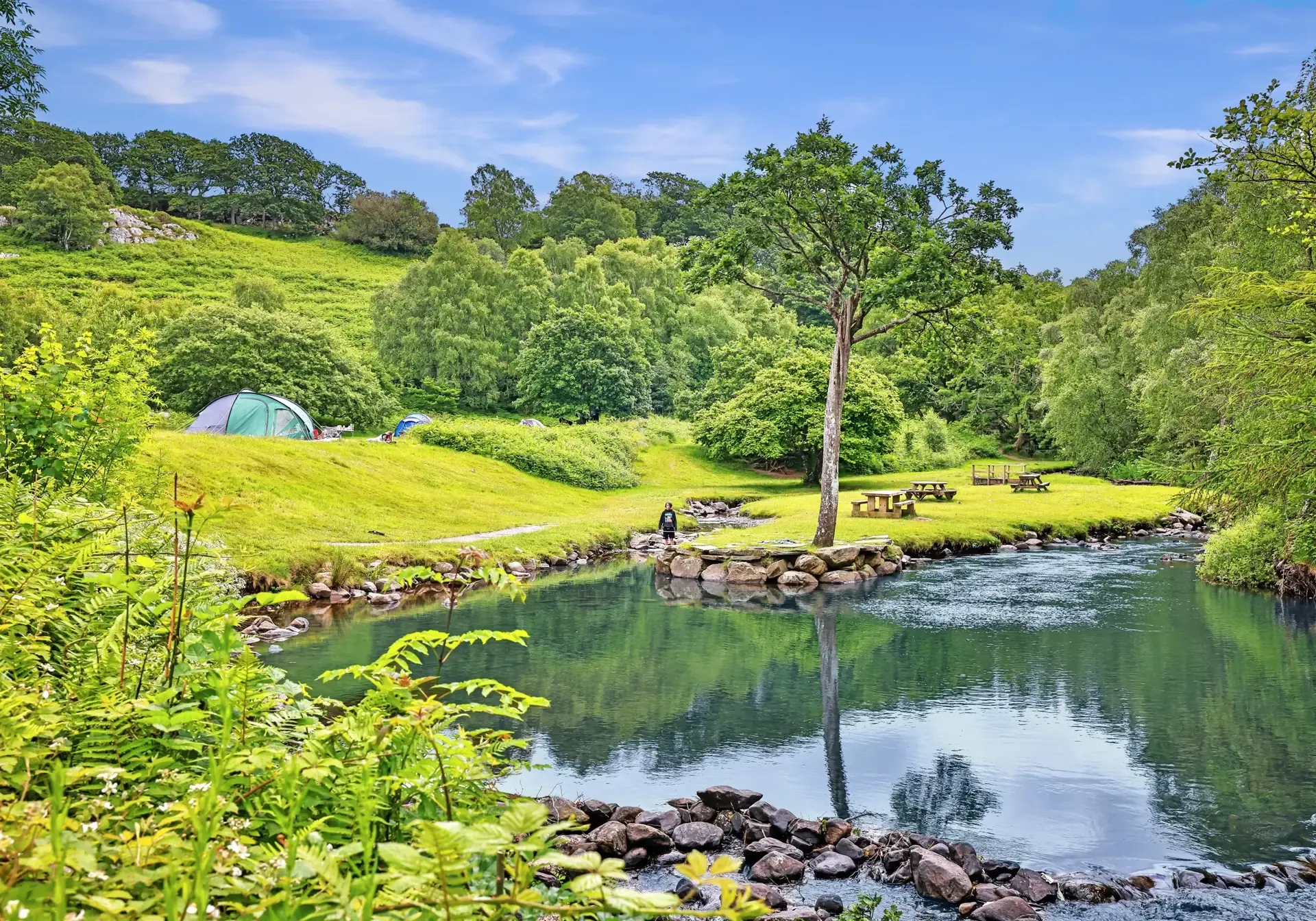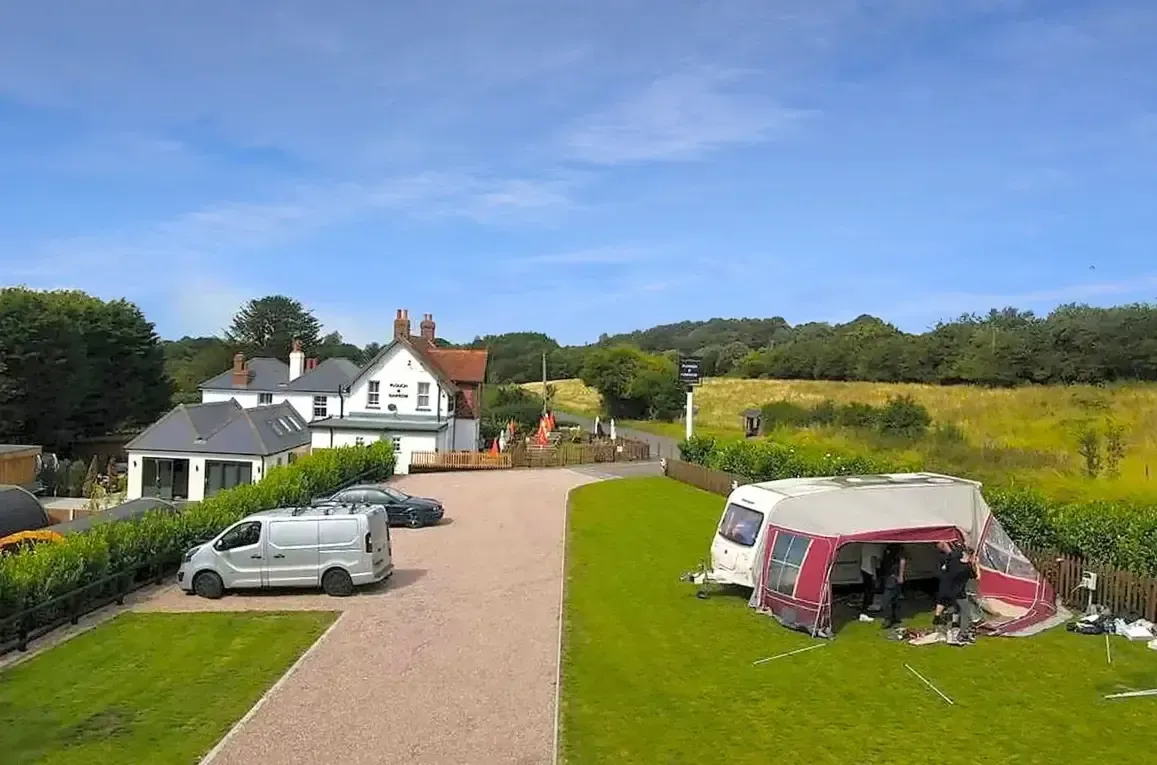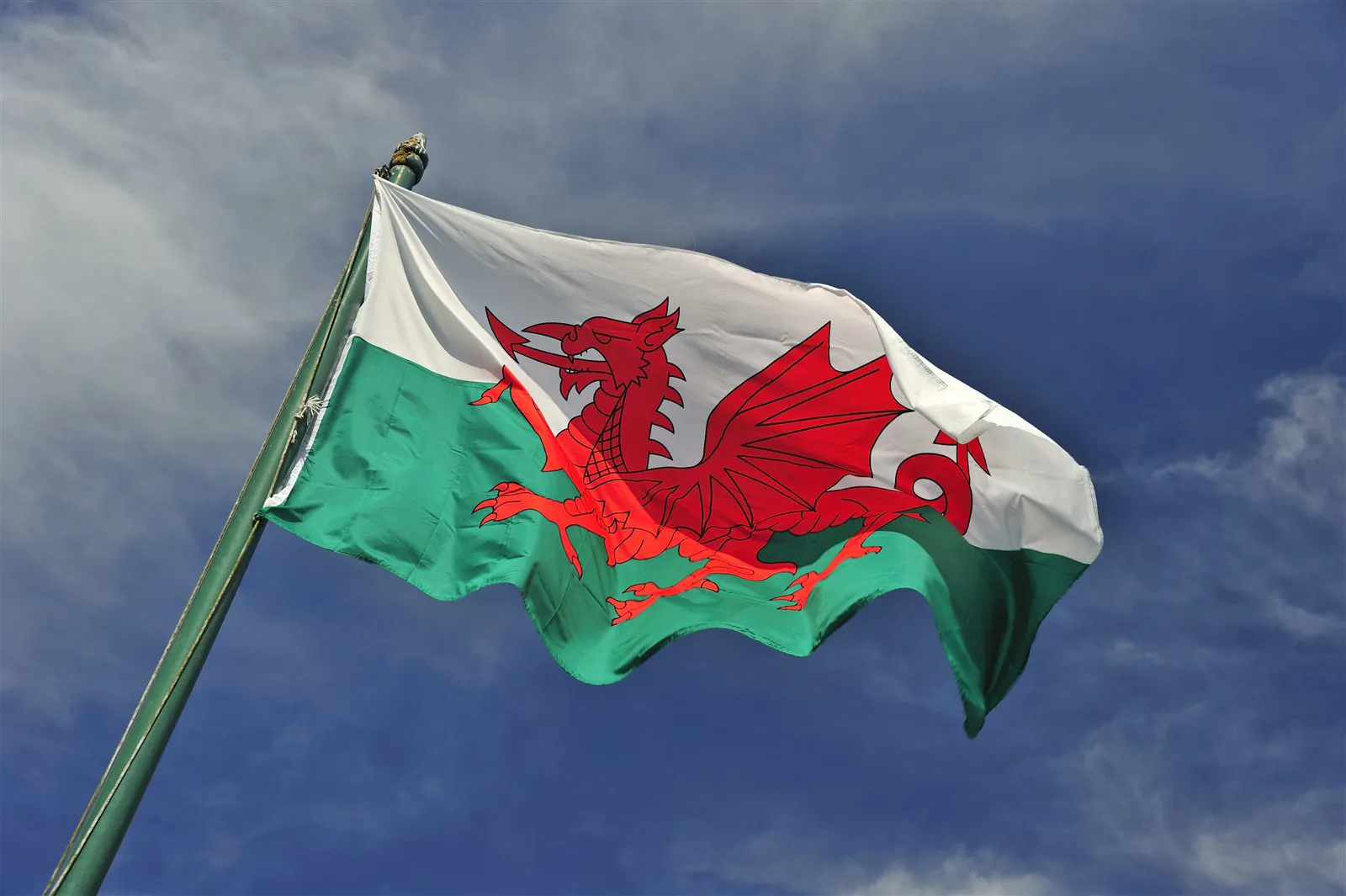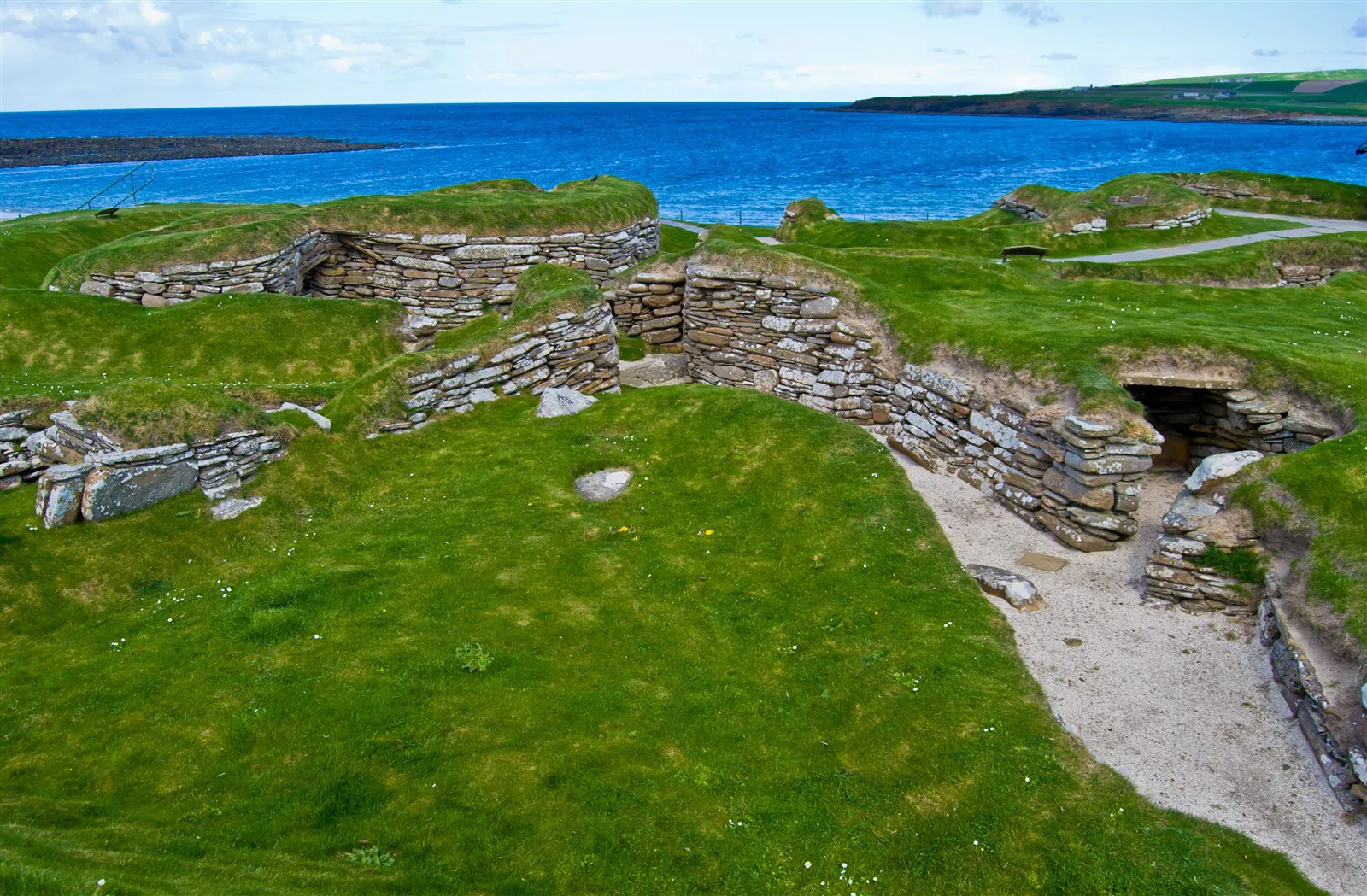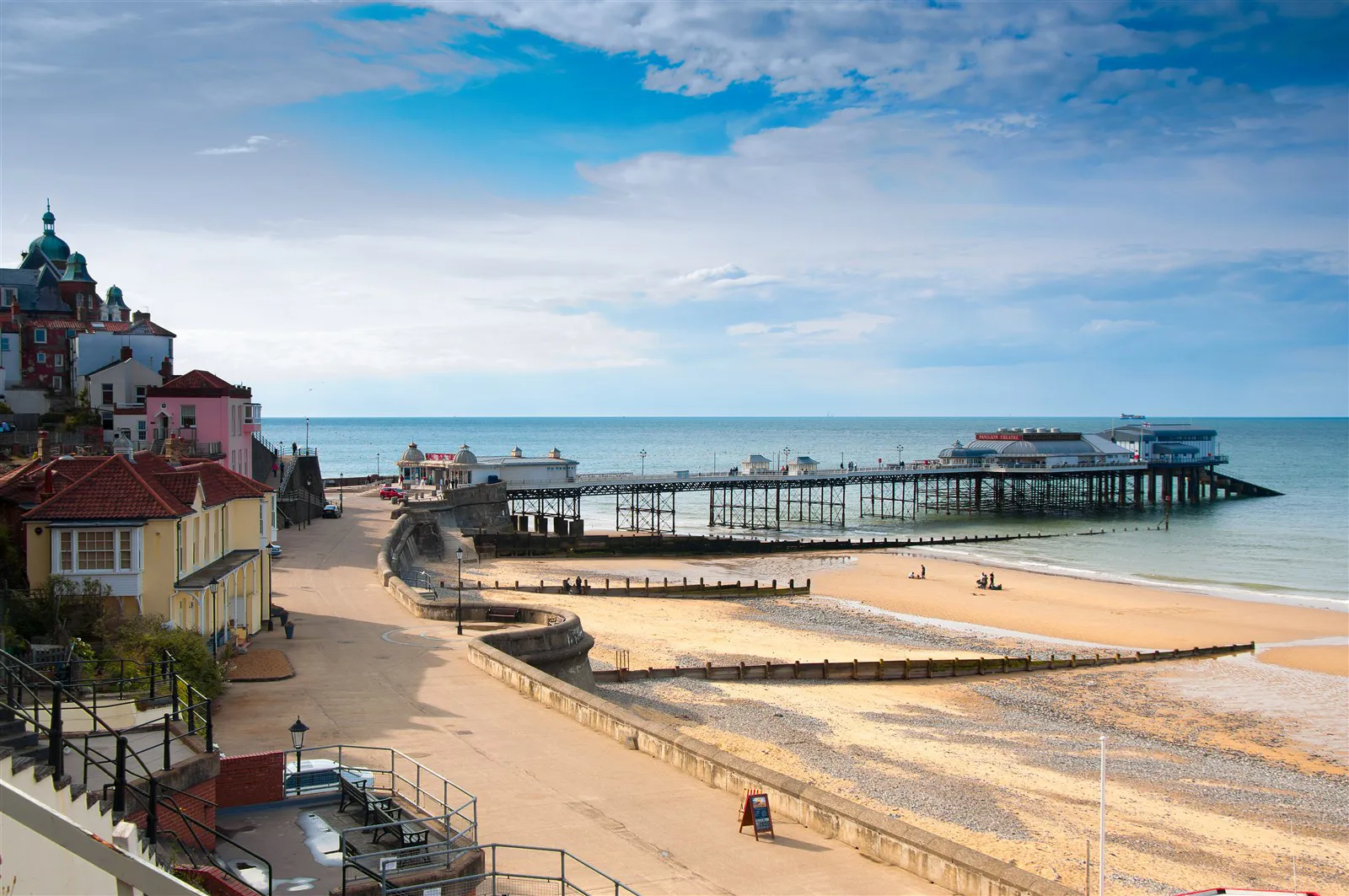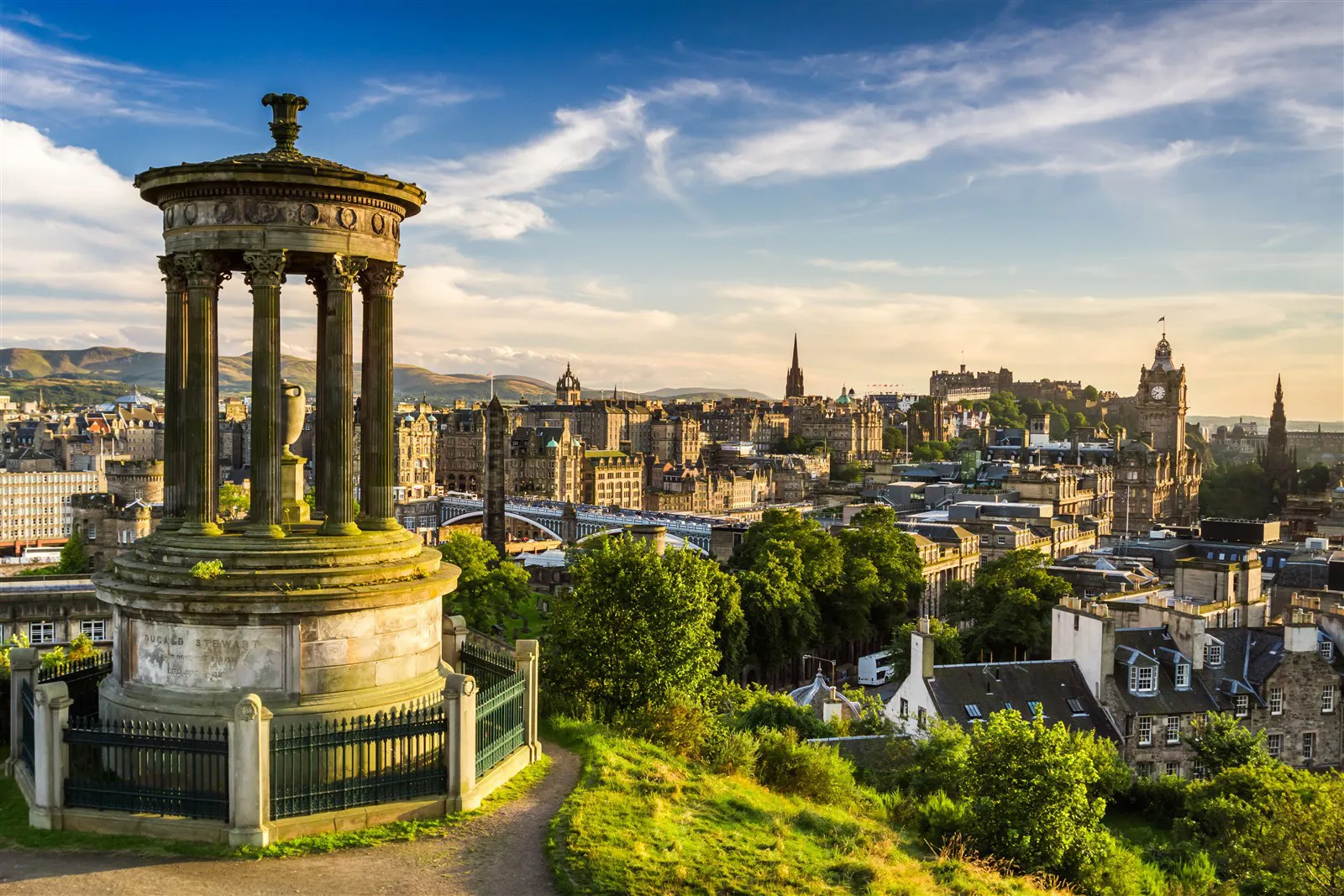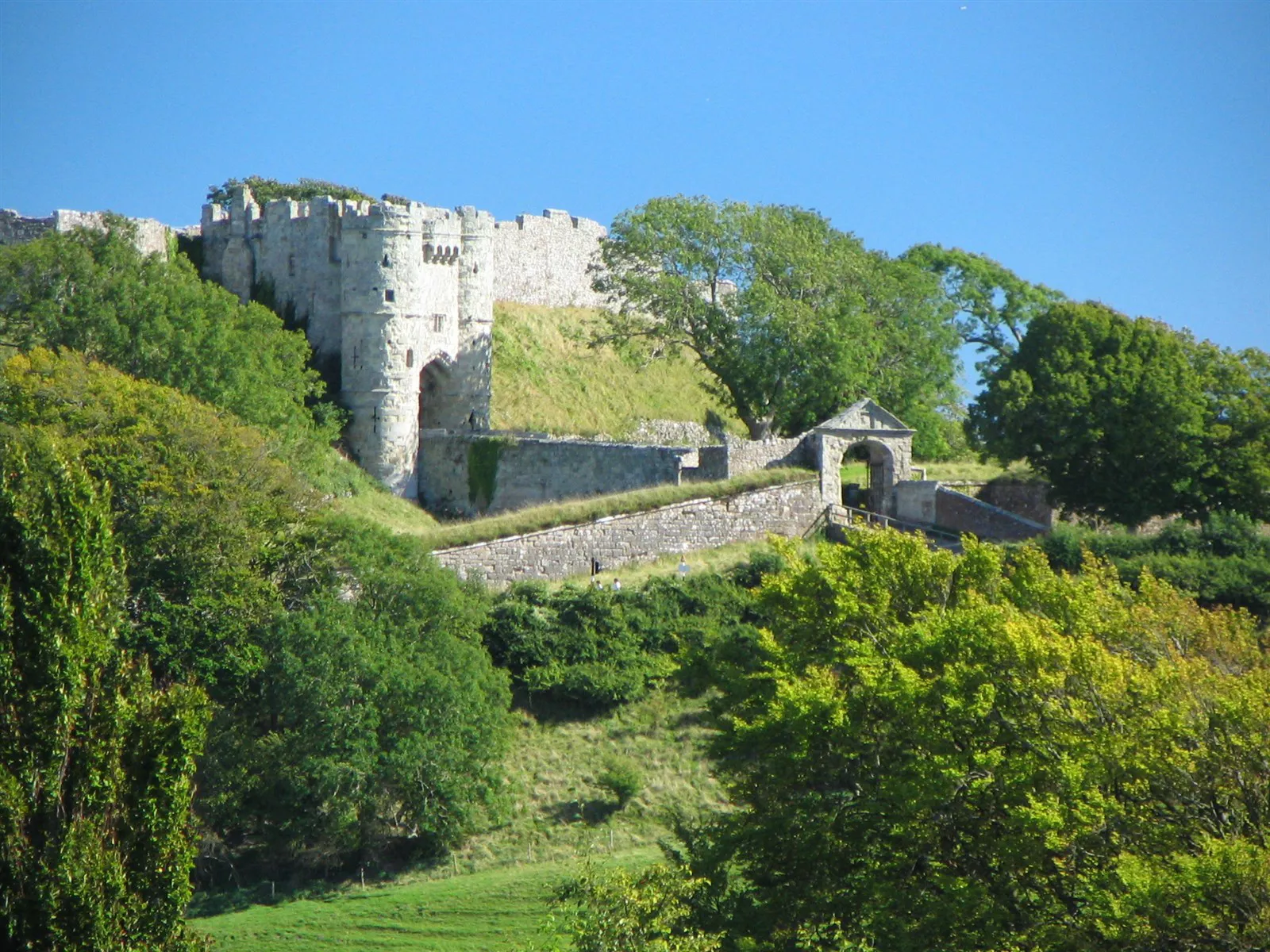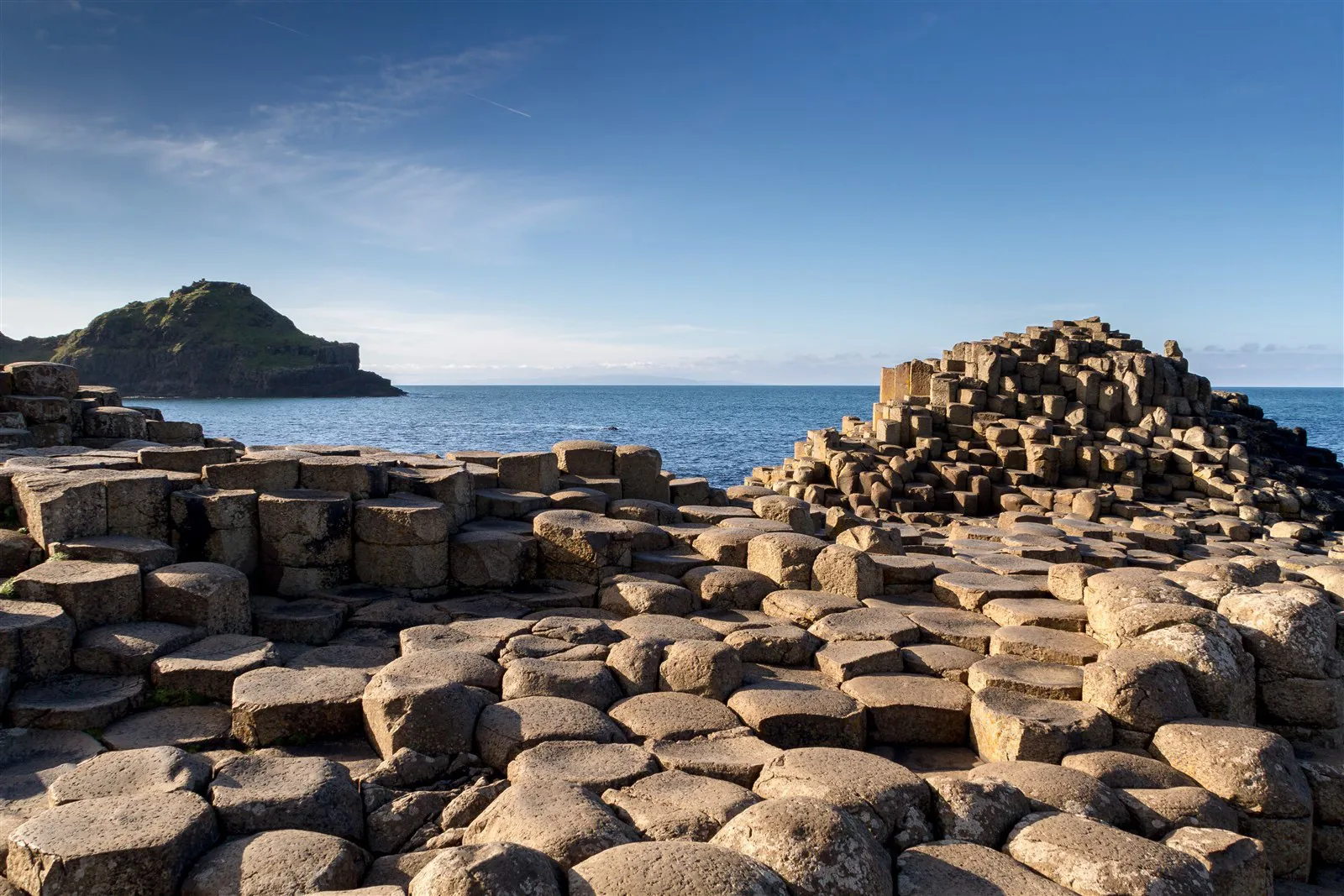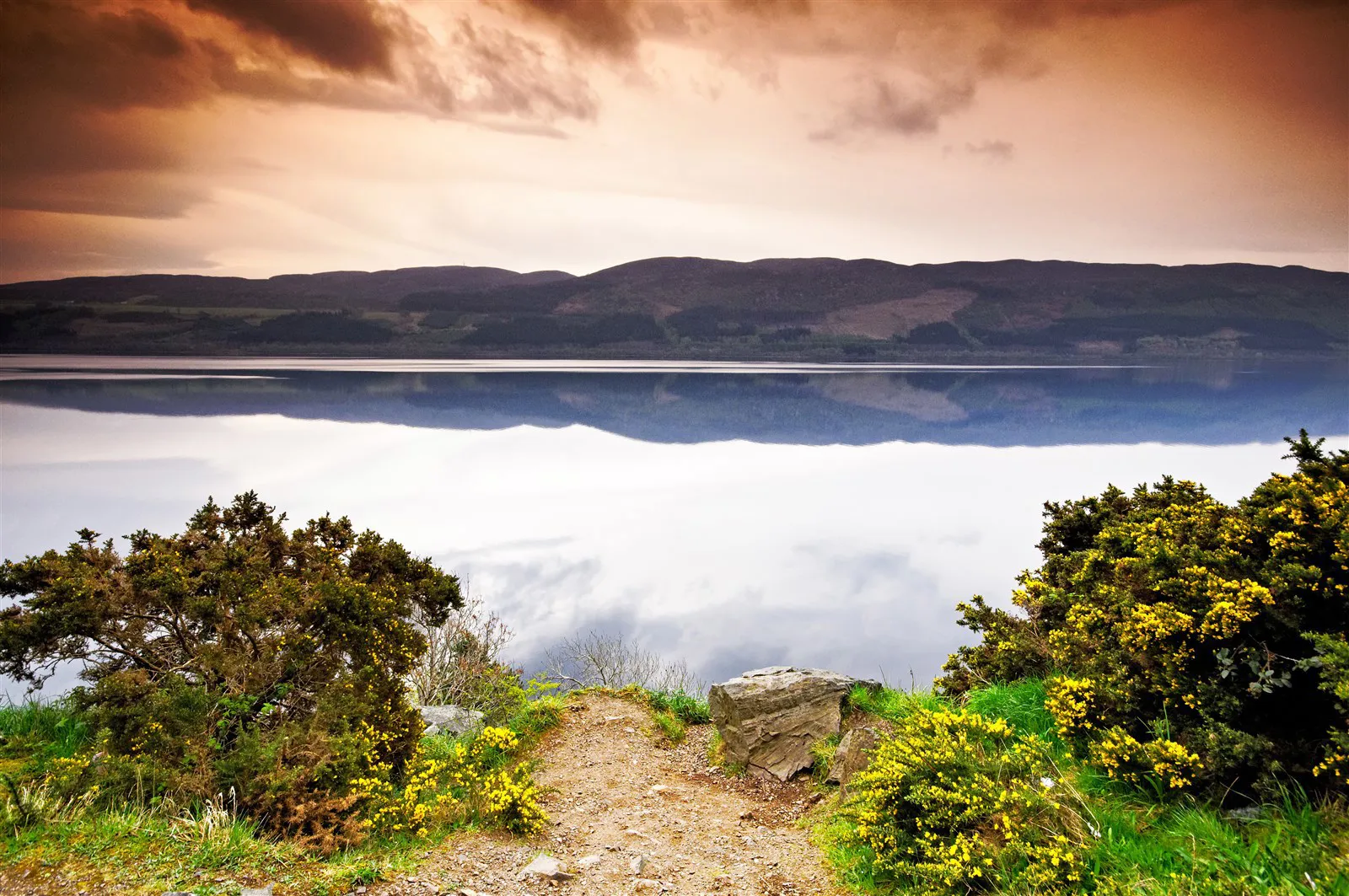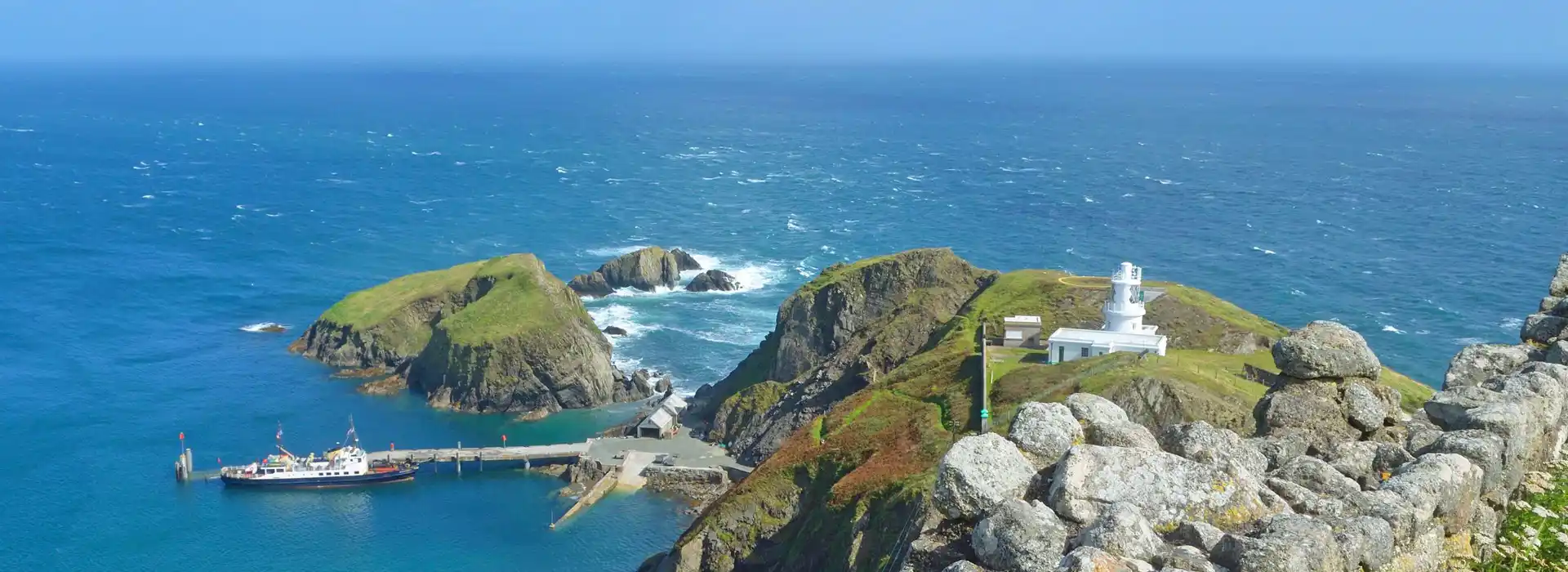
8 of the UK's quirkiest must-visit islands
Maybe it’s as a result of growing up on one, but we Brits do love an island. Apparently the UK is made up of an incredible 6,286 of them, so here’s our bucket list of the quirkier options!
Jura
The wildlife here outnumber the 200 or so human inhabitants quite dramatically, but it’s the breathtaking untamed scenery and off-grid nature of the mountains that are the real draw. Not to mention the whisky! Be sure to enjoy a dram during a tour of the Jura Distillery.
The Corryvreckan Whirlpool is a must-see, as are the three Paps of Jura.
Tresco
Not somewhere you can camp unfortunately, but a naturally stunning island where the relaxed lifestyle and white sands rival those of the Caribbean. It doesn’t hurt that it’s one of the UK’s sunniest spots either.
Spend a day on the water by diving amongst the 900 (wow!) shipwrecks or snorkelling up close and personal with Scilly's seals. Fit and brave visitors during September might be tempted by the Scilly Sea Swim Challenge - an epic sea swim between all of the islands in a single day!
Brownsea Island
Owned by the National Trust, Brownsea Island is most easily explored as a daytripper from Poole. The island is home to some of the UK’s rarest wildlife – not least our beloved red squirrel – so it’s no surprise that it’s one of the country’s most popular nature reserves. Watching the peacocks strut around as if they own the place, you do wonder.
Recent post-mortems have shown that - like those in Scotland - the squirrels here are suffering from the human form of leprosy, but don't let that put you off. 95% of people are naturally immune and all of the signs suggest that the disease may have been in Brownsea's squirrel population for decades. The risk to visitors is negligible.
Isle of Walney
11 miles long, it's England's 8th largest island apparently - though few other than the 11,000 inhabitants seem to have heard of it. One of the easier islands to visit, Walney is joined by bridge to Barrow-in-Furness on the Cumbrian coast at the western end of Morecambe Bay.
The two nature reserves are a haven for birders.
Another of the Islands of Furness, Piel, is also worth a visit if you're in the area. Smaller and much more romantic, the pub landlord of the fifty acre island has the tradition of being 'King of Peil'. The ferry leaves Roa Island (again linked to the mainland by bridge) daily during summer.
Easdale
Once home to the Scottish slate industry and with no roads or cars, Easdale covers an area less than around eight football pitches in size. Lugging here is purely by wheelbarrow, and colourful examples are dotted around the harbour.
Accessible only by a ferry limited to carrying 10 passengers at a time from the Island of Seil some 200 metres away, the island hosts the world stone-skimming championship. Surely enough to make it a must see?
Lundy
With a claim to fame of being the largest island in the Bristol Channel, it should be no surprise that just 28 people live on Lundy. It’s not exactly the easiest place to get to either – from April to October it’s a two hour boat trip, but in winter your only option is a helicopter ride from Hartland Point.
That’s assuming you’re not experienced or brave enough to try the 6 hour canoe trip.
Once a prime territory for pirates preying on merchant ships bound for Bristol, the island is now popular for its puffin population.
Coll
Where, you ask?
Coll is a small and completely unspoiled isle in the Inner Hebrides, a short distance west of Mull. There’s a superb RSPB reserve and plenty of basking sharks, but the incredible views out to surrounding islands are reason enough to visit.
Foula
If remote is your thing, you can’t get much further than civilisation than Foula in the Shetland Islands. There aren’t any shops here, so visitors must bring their own supplies. And if you’re looking for quirky, the island’s inhabitants don’t celebrate Christmas until January 6th having refused to abandon the Julian calendar when everyone else did in 1752.
Just 3.5 miles long and further north than Oslo in Norway, the island’s big skies offer the UK’s best chance for seeing the Northern Lights. And being so far north also means that the islands see almost 19 hours of sunshine a day in summer (in theory at least).
The landscapes here are wild and spectacular too. A stone thrown from the highest sea cliffs (1,200+ ft – around four times the height of the White Cliffs of Dover) takes a good 10 seconds to hit the water. Given that Shetland can be quite a windy place, those cliffs probably aren’t for the faint-hearted.
Fair Isle
Famed for its birds and 100+ shipwrecks, the wonderfully named Fair Isle sits between Orkney and Shetland.
Settled by Neolithic people up to 5,000 years ago, the island were pioneers in launching the first commercially-operated wind energy scheme in Europe. Wisely so, given the typical weather here!
Download our list of everything of you need to remember for the perfect camping trip!
DownloadThese ideas for days out, places to visit and other experiences offer something for everyone.
Browse Ideas